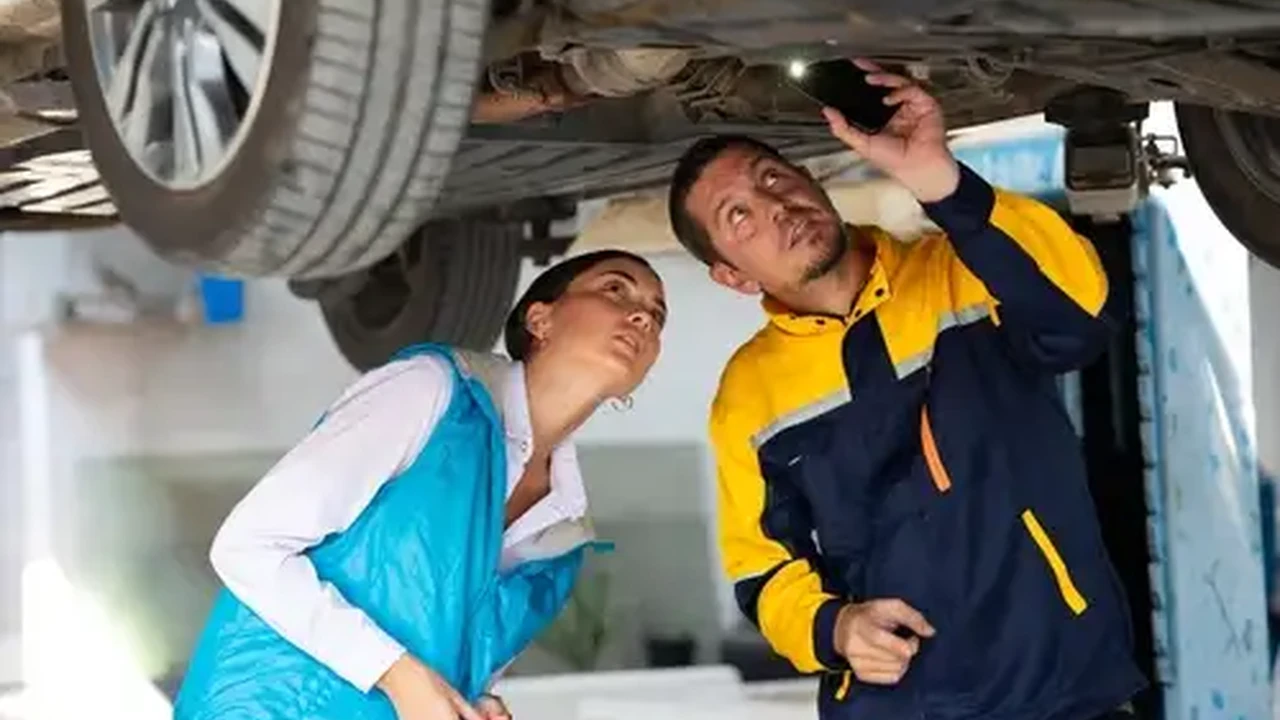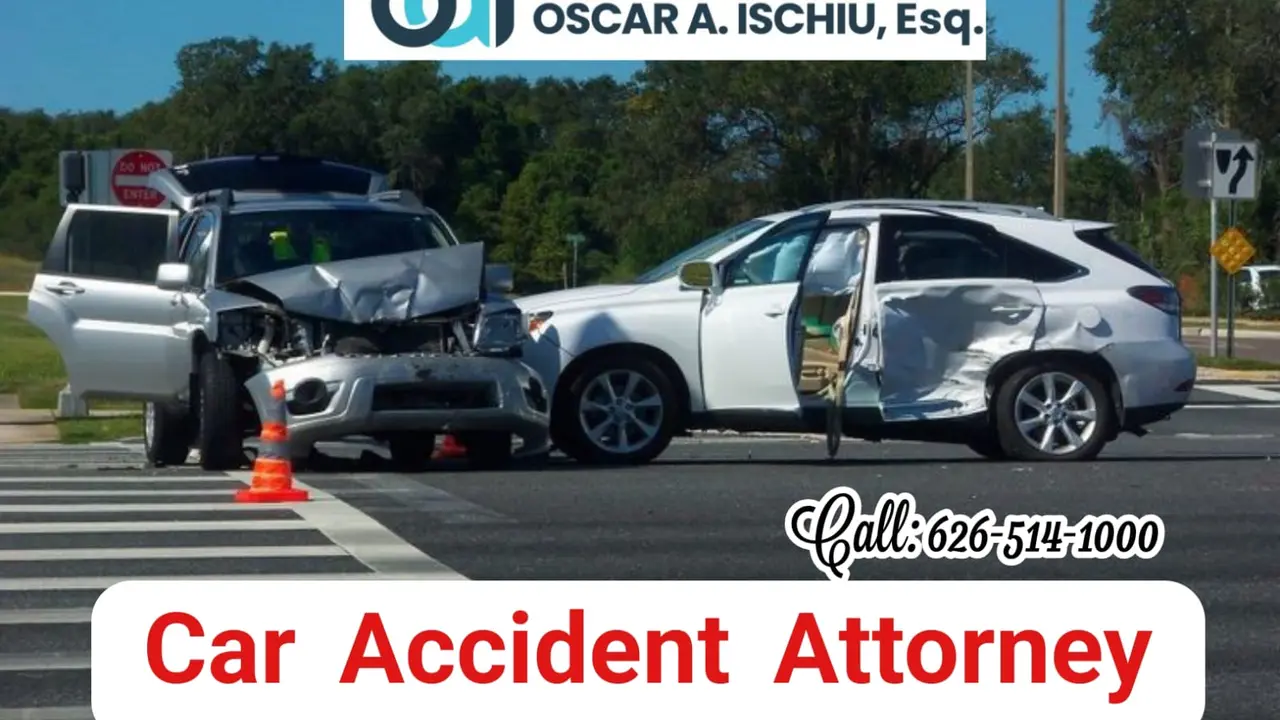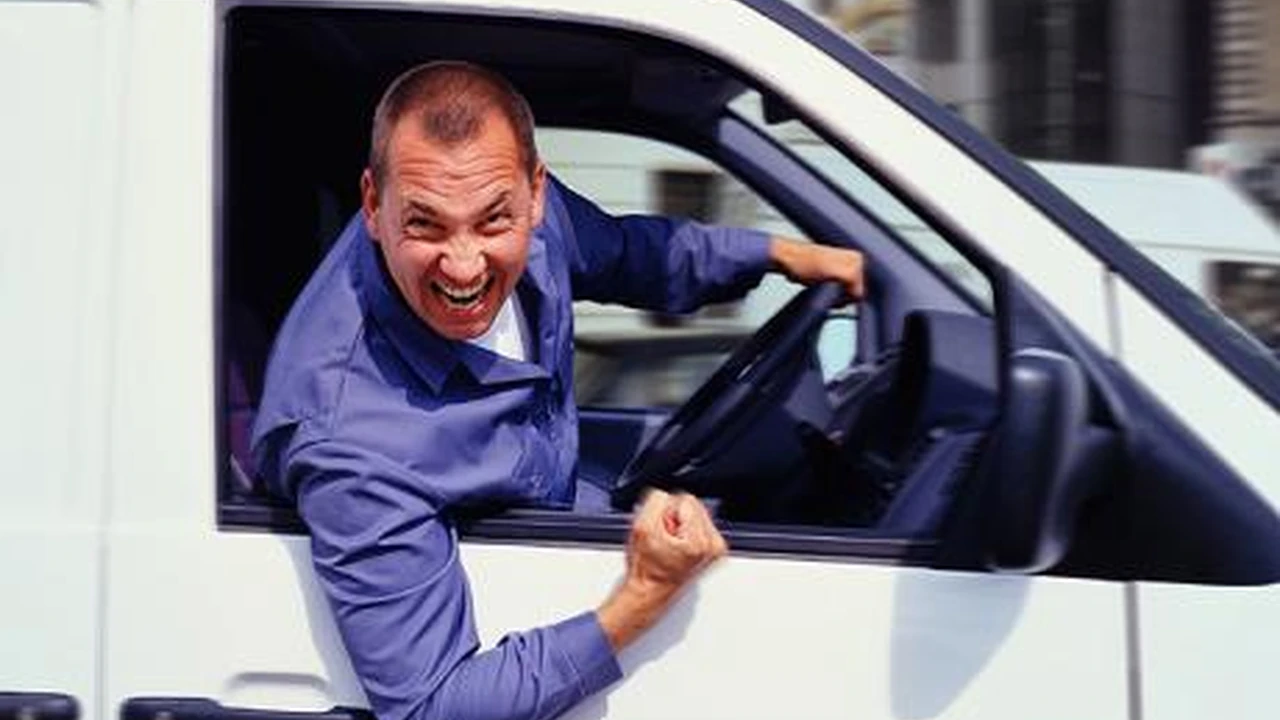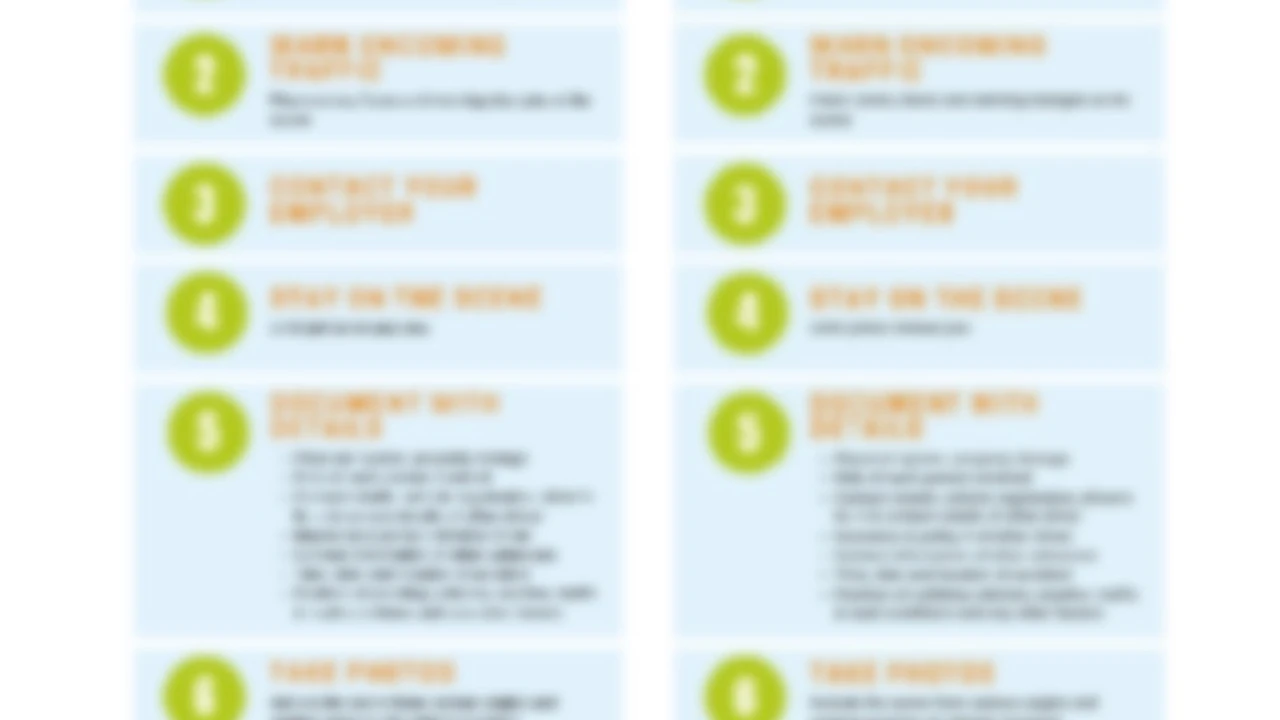The Role of Accident Reconstruction Experts

Understanding Accident Reconstruction and its Legal Significance
Alright, so you've been in an accident. Not good, right? But figuring out exactly what happened, how it happened, and why it happened can be super important, especially when lawyers get involved. That's where accident reconstruction experts come in. They're like detectives, but instead of solving crimes, they're piecing together the puzzle of a car crash, a slip and fall, or any other kind of accident. They're not just guessing, though; they use science, math, and a whole lot of experience to figure things out. Think of them as CSI, but for accidents.
Why is this important in a legal context? Well, imagine you're trying to prove that someone else was at fault for your injuries. Or maybe you're being accused of causing an accident. Accident reconstruction experts can provide the evidence you need to support your claim or defend yourself. Their findings can be used to determine liability, which basically means who's responsible and who has to pay. They can testify in court, present their findings to insurance companies, and generally help build a strong case for you.
Key Skills and Expertise of Accident Reconstruction Specialists
These aren't just any old Joes off the street. Accident reconstruction experts usually have a background in engineering, physics, or a related field. They're trained to analyze evidence, interpret data, and draw conclusions based on scientific principles. They're also really good at using specialized equipment and software to recreate accidents and simulate different scenarios.
Here's a breakdown of some of the key skills and areas of expertise you'll find in a good accident reconstruction expert:
- Vehicle Dynamics: Understanding how vehicles move, accelerate, brake, and respond to different conditions.
- Physics: Applying principles of motion, energy, and forces to analyze collisions.
- Engineering: Using engineering principles to assess vehicle damage and structural integrity.
- Data Analysis: Collecting and analyzing data from various sources, such as police reports, witness statements, and vehicle "black boxes."
- Computer Simulation: Using specialized software to recreate accidents and simulate different scenarios.
- Photography and Videography: Documenting the scene of the accident and creating visual aids for presentations.
- Forensic Mapping and Surveying: Accurately measuring and mapping the accident scene.
- Understanding of Laws and Regulations: Knowledge of relevant traffic laws and regulations.
Common Accident Reconstruction Techniques and Technologies
So, how do these experts actually do their thing? They use a variety of techniques and technologies to piece together the puzzle. Here are a few examples:
- Vehicle Examination: Thoroughly inspecting the vehicles involved in the accident to assess damage and identify contributing factors. This includes looking at everything from the tires to the brakes to the airbags.
- Scene Investigation: Examining the accident scene to gather evidence, such as skid marks, debris, and road conditions. They'll meticulously measure everything and take lots of pictures.
- Data Recorder Analysis (Black Box Data): Retrieving and analyzing data from vehicle event data recorders (EDRs), which are often referred to as "black boxes." This data can provide valuable information about vehicle speed, braking, and other parameters leading up to the accident.
- Witness Statements: Interviewing witnesses to gather their accounts of the accident. While witness statements can be helpful, they're not always reliable, so experts need to corroborate them with other evidence.
- Photogrammetry and 3D Scanning: Using photographs and 3D scanning to create accurate models of the accident scene and the vehicles involved.
- Simulation Software: Using computer software to recreate the accident and simulate different scenarios. This can help determine the speed of the vehicles, the angle of impact, and other critical factors. Programs like PC-Crash and Virtual CRASH are frequently used.
- Mathematical Calculations: Applying physics and mathematical principles to calculate speeds, distances, and other parameters.
Product Recommendations: Tools Used by Accident Reconstruction Experts for Data Collection
Let's talk tools! Accident reconstruction isn't just about knowing the theory; it's about having the right equipment to gather accurate data. Here are a few products that experts rely on:
FARO Focus Laser Scanner X330: Detailed 3D Scene Capture and Analysis
What it is: A high-precision 3D laser scanner that captures millions of data points to create a detailed 3D model of the accident scene.
Use Case: Imagine a complex multi-vehicle collision on a busy highway. Using traditional methods to measure and document the scene would take hours, disrupting traffic and potentially missing crucial details. The FARO Focus X330 can scan the entire scene in minutes, capturing every detail with millimeter accuracy. This allows experts to analyze the scene in the office, take precise measurements, and create realistic 3D reconstructions.
Comparison: Compared to traditional surveying equipment, the FARO Focus X330 is much faster and more accurate. It also captures a complete 3D representation of the scene, which is invaluable for analysis and presentation in court. Cheaper alternatives might include handheld 3D scanners, but they often lack the range and accuracy of the FARO Focus. The Leica BLK360 is a competitor, offering similar functionality but at a different price point.
Price: Around $75,000 - $100,000 (depending on configuration and software packages).
Bosch D-tect 150 Wall and Floor Scanner: Identifying Subsurface Elements
What it is: A handheld scanner that uses radar technology to detect objects hidden beneath surfaces like asphalt, concrete, and soil.
Use Case: Let's say an accident occurred at a construction site. The Bosch D-tect 150 can be used to identify underground utilities, buried debris, or other hidden hazards that may have contributed to the accident. This is crucial for determining if negligence played a role.
Comparison: Unlike metal detectors, the Bosch D-tect 150 can detect a wider range of materials, including plastic and wood. It's also more accurate at identifying the location and depth of buried objects. Cheaper alternatives might include basic stud finders, but they lack the ability to penetrate deep into surfaces and detect a variety of materials. This scanner also allows experts to identify subsurface damage to roads that contributed to accidents.
Price: Around $800 - $1200.
Vetronix Crash Data Retrieval (CDR) System: Accessing Vehicle Black Box Information
What it is: A diagnostic tool that allows experts to access and download data from a vehicle's event data recorder (EDR), also known as the "black box."
Use Case: In a car accident, the CDR system can retrieve data such as vehicle speed, braking status, airbag deployment, and other critical parameters in the seconds leading up to the crash. This information can be used to reconstruct the accident and determine the cause.
Comparison: The Vetronix CDR system is the industry standard for accessing EDR data. While there are other tools available, the CDR system is generally considered to be the most reliable and comprehensive. It also supports a wider range of vehicle makes and models. The Bosch EDR Tool is a competitor.
Price: Around $5,000 - $10,000 (including software and cables).
PC-Crash Simulation Software: Recreating Accidents in a Virtual Environment
What it is: A powerful simulation software package that allows experts to recreate accidents in a virtual environment. It can be used to simulate vehicle dynamics, analyze impact forces, and determine the sequence of events.
Use Case: After collecting data from the accident scene, vehicle examinations, and EDR downloads, experts can use PC-Crash to create a realistic simulation of the accident. This allows them to test different scenarios, analyze the impact forces, and determine the cause of the accident. The simulations can also be used as visual aids in court.
Comparison: PC-Crash is one of the most widely used accident reconstruction software packages. It offers a wide range of features and capabilities, including advanced vehicle dynamics modeling, 3D visualization, and animation. Other simulation software packages include Virtual CRASH and HVE (Human Vehicle Environment). PC-Crash is preferred by many due to its ease of use and comprehensive features, though Virtual CRASH is gaining popularity.
Price: Around $5,000 - $15,000 per year (depending on the license and modules).
The Legal Process and Expert Testimony: Presenting Findings in Court
So, the expert has done their work. Now what? Their findings need to be presented in a way that's clear, concise, and persuasive, especially if the case goes to trial. This often involves providing expert testimony in court. The expert will be asked to explain their methodology, present their findings, and answer questions from both sides of the case.
It's crucial that the expert is able to communicate complex technical information in a way that's understandable to a jury. They also need to be able to withstand cross-examination from opposing counsel, who will likely try to poke holes in their analysis or challenge their credibility.
The expert's testimony can be a critical factor in determining the outcome of a case, so it's important to choose an expert who is not only qualified but also a good communicator and able to handle the pressure of the courtroom.
Finding and Hiring Qualified Accident Reconstruction Experts: What to Look For
Okay, so you need an accident reconstruction expert. Where do you even start? Here are a few things to keep in mind when searching for and hiring a qualified expert:
- Credentials and Experience: Look for experts with relevant degrees, certifications, and experience in accident reconstruction. Check their background and verify their credentials.
- Reputation: Ask for references and check online reviews to get a sense of the expert's reputation.
- Communication Skills: Choose an expert who is able to communicate complex technical information clearly and concisely.
- Courtroom Experience: If the case is likely to go to trial, choose an expert with experience testifying in court.
- Cost: Get a clear understanding of the expert's fees and expenses upfront.
You can find accident reconstruction experts through professional organizations, online directories, and referrals from attorneys. Don't be afraid to interview several candidates before making a decision. It's important to find someone who you trust and who is a good fit for your case.
So, there you have it – a deep dive into the world of accident reconstruction experts! Hopefully, this gives you a better understanding of what they do, how they do it, and why they're so important in legal cases. Good luck!
:max_bytes(150000):strip_icc()/277019-baked-pork-chops-with-cream-of-mushroom-soup-DDMFS-beauty-4x3-BG-7505-5762b731cf30447d9cbbbbbf387beafa.jpg)






